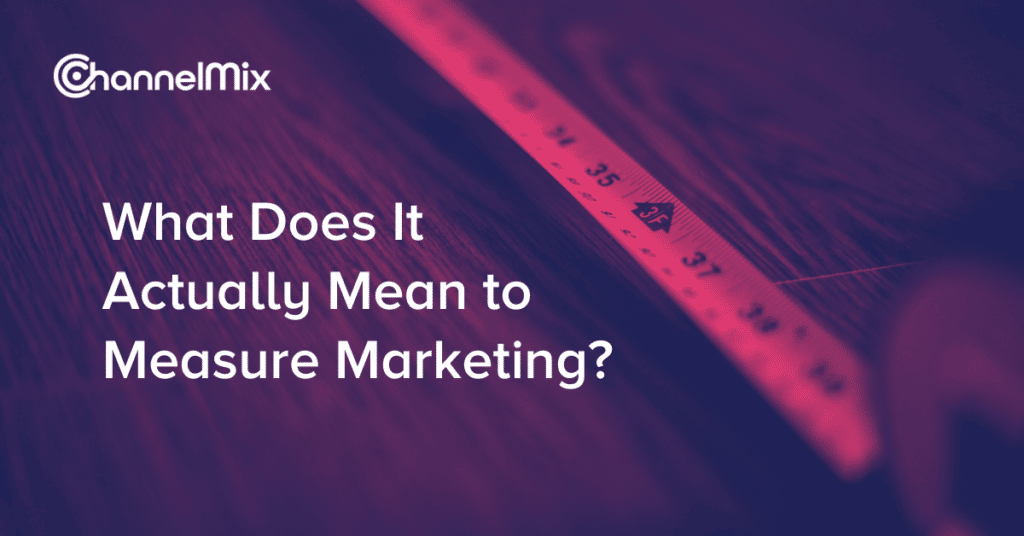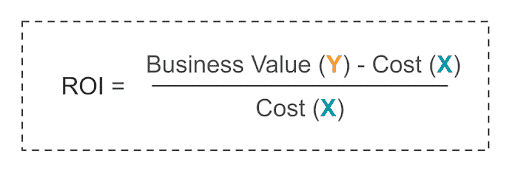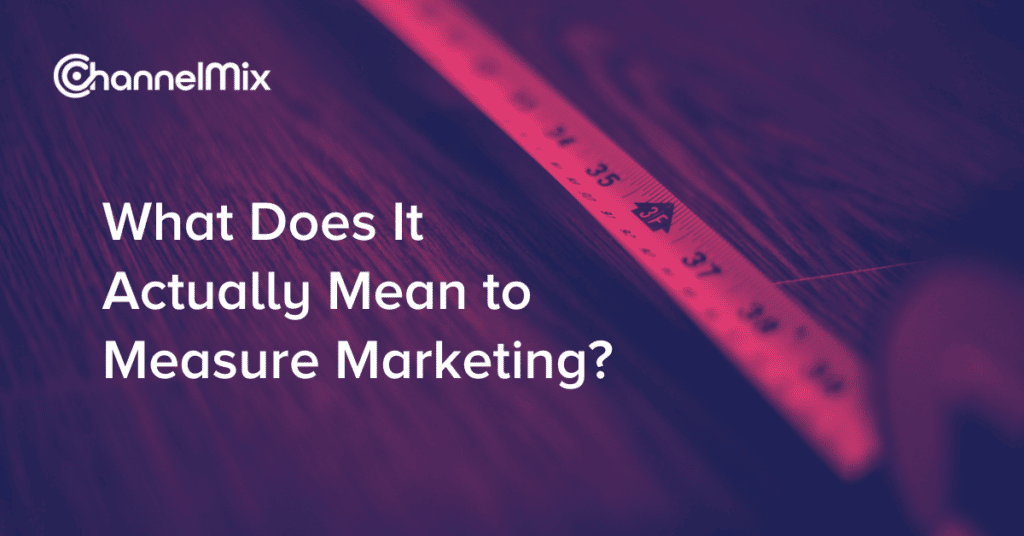
As a marketing analytics firm focused on helping both brands and agencies for the past 16 years, we’ve challenged our clients to be able to measure the value of marketing. But what does that actually mean?
If you ask different people within both agencies and brands, I think you would get some very different answers. When I am out on the speaking circuit, I often open with this question, and the range of responses I get is pretty fascinating. The answers include:
- Leads
- Brand awareness
- Revenue
- Orders
- New customers
While the range of answers varies, most of them always align with business value metrics. However, when I look across the marketing landscape and talk to both clients and prospects daily, the reporting and analytics we use to demonstrate marketing do not convey that level of value.
Today, there are really only three ways to measure the value of marketing so let me break those down for you.
1: Measuring Media Activity
First, almost every agency uses this approach and phrasing to show their clients the value the media strategy is delivering. Now, these types of reports are centered around the following types of KPIs:
- Impressions
- Clicks
- Spend
- Cost-per-click
- Cost-per-impression
- Media conversions
- Cost-per-media conversion
Let me be very clear here. All the above metrics are related to the media optimization process, but NONE of these metrics offer any business value. Now, I can hear the agencies saying, “but that is what media conversions are for!” To that, I say, please stop. Media conversions were NEVER meant to demonstrate business value–instead, they are a metric used to optimize the media itself.
2: Measuring Marketing Impact
As an industry, we are stuck in this paradigm of using media activity to communicate value. There aren’t any metrics above that can be equated to real value. Unfortunately, for the entire marketing industry, this idea has created further distrust in the marketplace about the value that marketing is delivering to an organization.
Today, organizations now have no choice but to start measuring value using a first-party data strategy. So what does that mean? It means organizations must combine the activity data from above with actual conversion activity in a first-party environment like an organization’s website.
Measuring marketing value begins with combining media activity with website conversions in your reporting. For example, let’s say you are a marketer tasked with generating demand for your product or service by delivering leads for the sales organization. You need a report that demonstrates the following:
- Website performance
- Website conversions
- Cost-per-conversion
- Campaign ROI
- Attributed marketing value
As you can see, the types of metrics that we are using here align to real business value. With this report, you’d be able to answer the following kinds of questions:
- How well is my website engaging and converting users from all marketing channels?
- How many website leads does it take to generate a lead or online order?
- Which campaigns delivered the greatest value to the organization?
- What marketing channels are delivering the most leads?
- What marketing channels are creating the lowest cost-per-lead?
Now, pause for a second here. Look at the types of reporting you are getting from the media platforms or your agency to the reporting I just described. Do you see the difference? This is the level of analytics marketers must have to demonstrate value and drive results. But, we can’t stop here.
3: Aligning Marketing to Business Outcomes
Now that we have established the baseline for how marketers should be demonstrating value with a combined view of media activity data and first-party website conversion data, we need to finish the story. In the example of a lead generation marketer, we know the number of leads by coming from marketing. How many of those leads became customers?
Aligning marketing performance and value builds on the foundational metrics above and goes even deeper by demonstrating the following:
- Lead conversion rate
- Cost-per-lead
- Cost-per-opportunity
- Cost-per-order
- Cost-per-customer
- Marketing ROI
This level of insight leverages a first-party data strategy by integrating all media activity, website conversion activity and CRM data, allowing marketers to answer real, revenue-driving questions, such as:
- How many marketing leads does it take to create a customer?
- What is the conversion rate of a marketing lead to a sales opportunity?
- What is the marketing acquisition cost of a new customer?
- What type of customer is generating the most significant marketing ROI?
- For every dollar I spend on marketing, how much revenue is generated?
This is how marketers need to be answering the question of “what is the value of marketing.”
“Y” Do You Do Marketing
To get started on your journey to answering your marketing value question, start with the marketing ROI formula below:

Challenge yourself with these two essential questions:
- How do I demonstrate that we are good stewards of marketing dollars?
- How do we quantify the impact marketing has on the business in the form of revenue?
Based on your answers, look at what your analytics are telling you today and where you need to go based on the three levels of insight outlined above.
